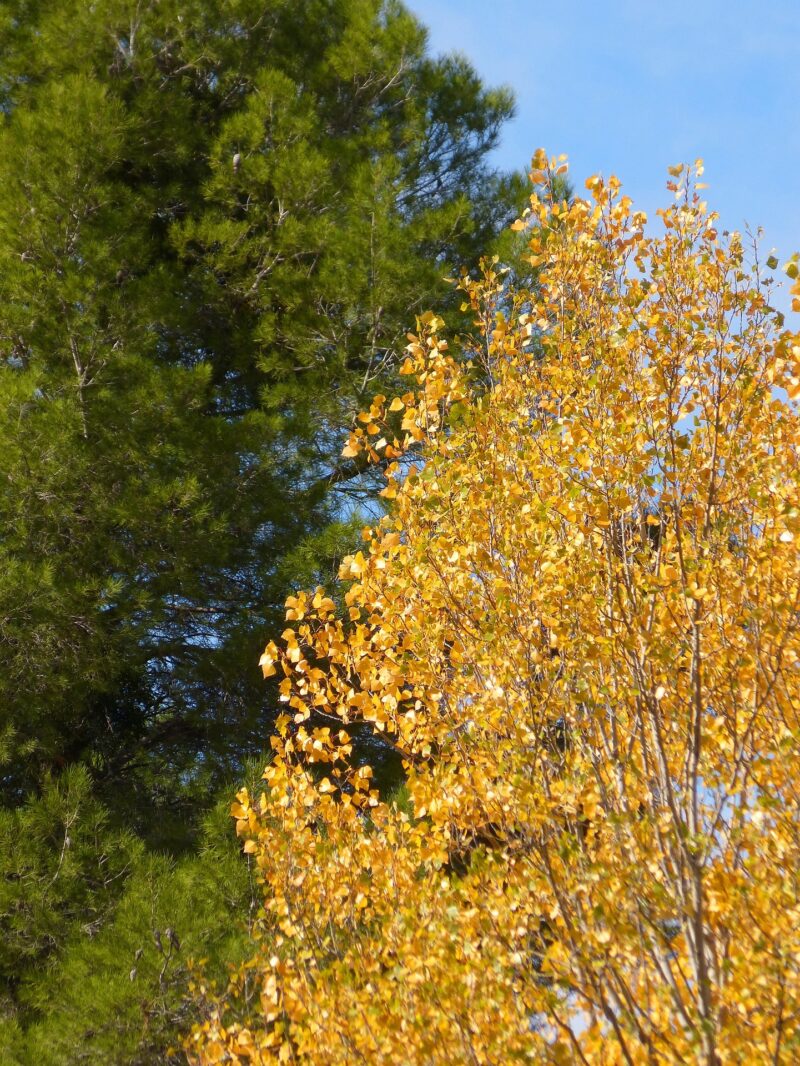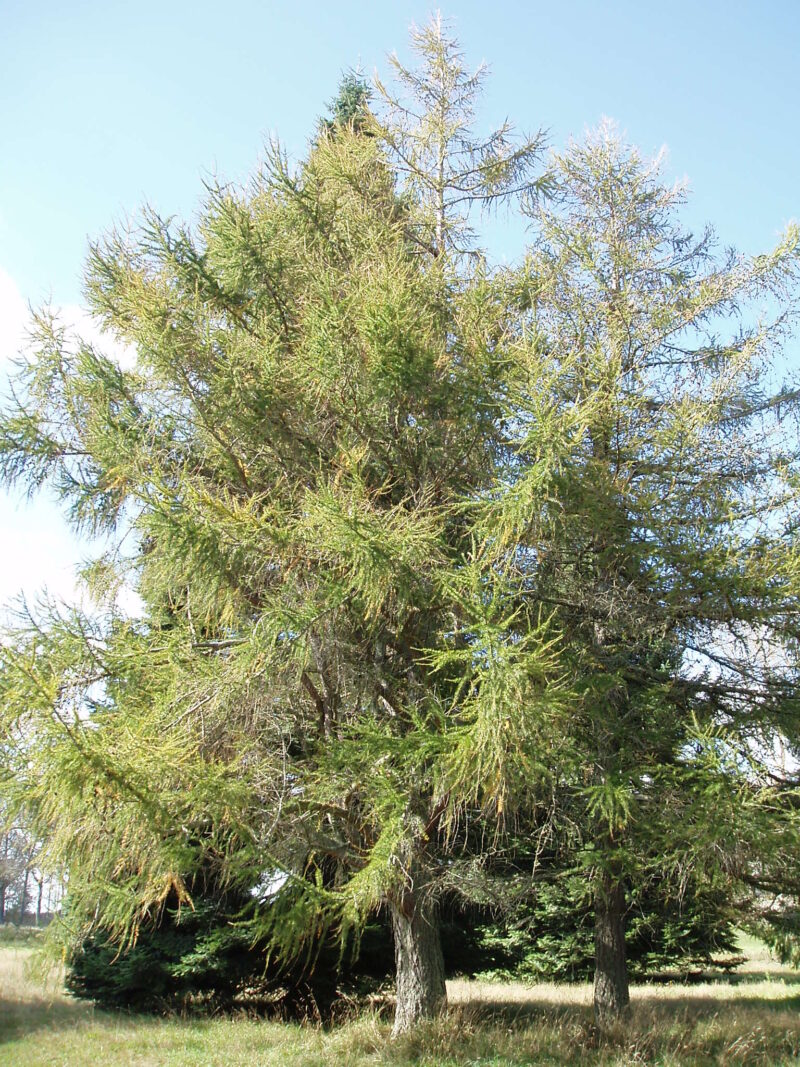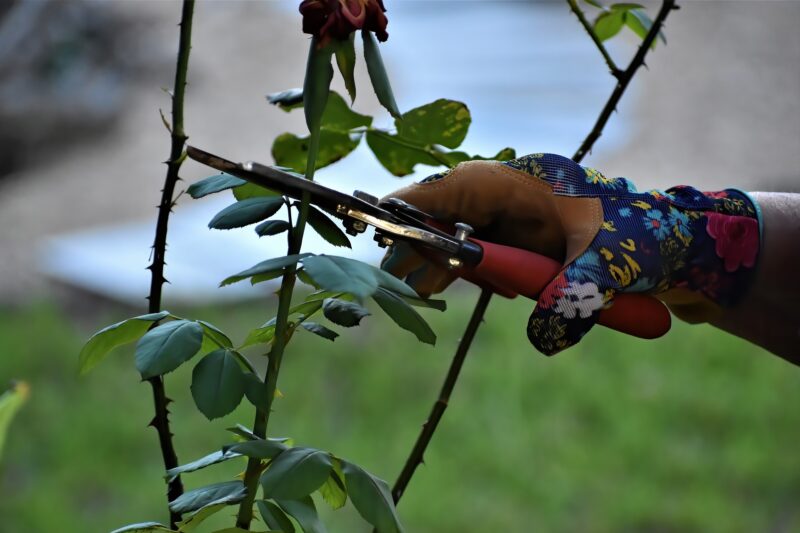It would surprise most people that the best preparation you can give your trees for their long months of winter exposure is to plan their care right from spring through fall.
In order to do this properly, one needs to know how the trees grew during the current year.
As an analogy, think about how many of us prepare ourselves for bed each night.
We wash up, brush and maybe floss our teeth, perhaps add a moistening conditioner to our hands and face, turn down the sheets, fluff up the pillows, and so on.
Whether we sleep well that night may depend on the day that we had.
Were there any work or family-related lingering stresses that came up during the day or in the evening? Did we get an upset stomach or a headache during the evening? Is our body aching from having worked out too much? You get the idea.
In reality, we should resolve the day’s issues as part of our preparation for bed in the hope that we will get a good night’s sleep.
The comparison of our bedtime preparation can be made with trees. In northern climates, trees are normally growing from April to September.
What kind of growing season did they have? Was there too much rain or not enough rain? Was the tree infected with a disease or was it infested by one or more pests? Did a windstorm break off some branches? Was the tree badly pruned by a novice tree service worker? Were there any visible growth stresses as a result of these problems?
Why am I asking these questions? Ideally, these issues related to the tree’s health should be dealt with long before winter arrives.
The best way of dealing with tree health issues is to develop a plan that outlines on a monthly basis what needs to be done to resolve adverse health issues.
Without a plan, the issues related to the tree’s health problems go unresolved, and the stresses magnify themselves next year.
Read Also :
Unresolved serious tree health stresses can quickly lead to the death of the tree.
Many people are aware that newly planted trees and evergreen trees and shrubs should be well watered before the ground freezes.
Once the leaves are off deciduous trees, many people get out into the yard and start pruning dead branches of the tree.
Unfortunately, most adverse tree stresses go unnoticed and therefore untreated. If you truly care about the health of your trees, then I recommend that you engage a qualified and knowledgeable arborist to assess your tree or trees during the summer.
That assessment should include a schedule of treatment for your tree or trees for the balance of the current year as well as next year.
The following strategies for tree maintenance will focus on specific northern urban trees.
Evergreen Trees
These trees will likely need more than just a fall watering to keep them happy going into the winter. Let’s examine spruce tree care first.
Ornamental spruce trees such as Colorado spruce and white spruce are subject to heavy infestations of spider mites, needle miners, and bud scales.
There might even be heavy feeding by spruce budworms, and some damaging shoot feeding by pine weevils. Cytospora white blister disease is very common in urban spruce trees.
This disease slowly kills the tree from the bottom up branch by branch. Sirococcus tip blight disease often kills the ends of new spruce twigs.
If all of these pests and diseases are left untreated, the tree will become virtually lifeless with only a few scattered needles remaining.
Hosing down or power washing the spruces with pressurized water before winter can remove spider mites and the breeding debris containing eggs of various insects from the tree.
This action will reduce pest infestations in the following spring.
The general health of spruce trees can be improved by aerating and fertilizing their root systems with a slow-release nitrogen fertilizer in the late fall.
The root system of a spruce tree encompasses the entire area swept out by an imaginary radius equal to half the height of the tree.
Space the 6 to 8-inch deep fertilizing holes every 18 inches in this area.
Use two tablespoons of fertilizer per hole.
If your cedars and junipers have been subject to winterburn in the past even though you thoroughly watered them in the fall, they may simply not be hardy enough for your area.
Prepare two sturdy wood frames with burlap firmly attached. Place them in the ground in the fall one foot away from these evergreens facing south and south-west.
Many leaves of cedars are experiencing fall browning at this time of year.
There is also some cedar tip blight disease associated with this in trees I have seen in my area.
The overwintering fungus spores that cause this can be controlled late in April with an application of dormant lime sulfur fungicide.
Junipers have also been infested with arborvitae (cedar) leaf miners causing them to die by first turning brown, and then a light grey color.
Prune off dead areas before spring, and spray with BT (a bacterial insecticide) in early June.
Deciduous Trees
Fall is one of the best times to prune trees that naturally drop their leaves before winter.
March and early April is another good time to prune these trees, with the exceptions of maple and birch.
Maples and birches will “bleed” their actively flowing sap if they are pruned in late winter and very early spring, and are best pruned during their active growth phase in summer.
Learn how to prune trees and woody shrubs by attending a course or getting a how-to-prune book either from a library or bookstore.
“The Pruning Book” by Lee Reich (1997, Taunton Press) is an excellent reference for the layperson. Aerating and fertilizing deciduous trees just before winter is also valuable, as the trees will benefit from access to this source of nutrients when their roots start getting active in late March and early April.
Trees produce their own food from nutrients, water, and carbon dioxide during the growing season, and then store that food for use over winter and for the following spring.
But trees whose leaves have suffered all year from leaf spot fungi and anthracnose fungi would definitely benefit from fertilizing as these diseases reduce the leaf’s ability to produce food for the tree.
Winter can be a hard time for trees and shrubs, especially if they are not indigenous to an area. Following some of the guidelines in this article will help them along.
Perla Irish, who is more familiarly known as Irish, is the Content Manager at newfld.com. She loves following trends around home and garden, interior design and digital marketing. Through this blog, Irish wants to share information and help readers solve the problems they are experiencing.




